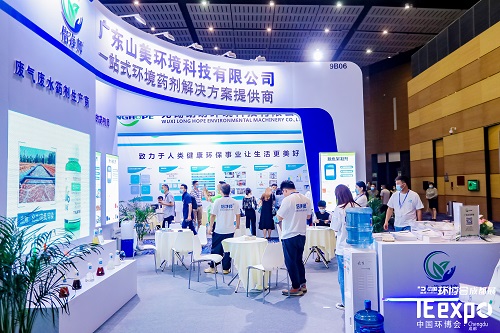For the problem of odor removal from sludge in chemical plants, it is necessary to choose an efficient and safe odor removal scheme based on the composition of sludge, the source of odor and environmental protection requirements. The following is a professional analysis and recommendation:
1. Characteristics of sludge odor in chemical plants
-Main components: hydrogen sulfide (H₂S), ammonia (NH₃), volatile organic compounds (VOCs), thiols, etc.
-Source: decomposition of sulfur/nitrogen-containing organic matter, chemical reaction residues, microbial metabolites.
-Difficulty: high concentration, complex composition, may contain corrosive or toxic gases.
2. Types and selection of efficient deodorants
(1) Chemical oxidizing deodorant
-Principle: the odor molecules are directly decomposed by strong oxidants (such as sodium hypochlorite, hydrogen peroxide, ozone).
-Applicable scenarios: high concentration of hydrogen sulfide, thiols odor.
-Advantages: fast reaction, significant effect.
-Disadvantages: secondary pollution may be produced, and the dosage should be controlled.
(2) Biological enzyme/microbial deodorant
-Principle: use enzymes or probiotics to degrade organic matter and inhibit odor generation.
-Applicable scenarios: sludge composting, long-term storage of sludge.
-Advantages: environmental protection, long-term, suitable for sludge with high organic matter.
-Disadvantages: slow onset (3-7 days), greatly affected by temperature/pH.
(3) Plant liquid extract deodorant
-Principle: natural plant components and odor molecules are neutralized and enveloped.
-Applicable scenarios: low concentration VOCs or temporary emergency treatment.
-Advantages: safe and non-toxic, can be used in sensitive areas.
-Disadvantages: limited effect on high concentration of odor.
(4) Composite deodorant
-Common formula: oxidant + surfactant + sustained release agent (such as chlorine dioxide sustained release gel).
-Advantages: It covers a wide spectrum of odors and is suitable for sludge from chemical plants with complex components.

3. Suggested supporting deodorization equipment
-Pre-treatment: sludge sealed storage tank (negative pressure collection of odors).
-Core equipment:
-Sprinkler tower: paired with sodium hypochlorite or plant liquid spray.
-Biological filter: using microorganisms to degrade odors (suitable for continuous treatment).
-Activated carbon adsorption tower: treat residual VOCs (carbon needs to be replaced regularly).
Recommendations
Scenario 1: Emergency treatment of high sulfur sludge
Steps:
1. Spray 5% hydrogen peroxide solution on the surface of sludge (inhibit H₂S release);
2. Combine negative pressure collection + spray tower (sodium hypochlorite solution circulation);
3. Terminal activated carbon adsorption to ensure emission standards.
Scenario 2: Long-term storage of organic sludge
-Steps:
1. Add microbial deodorizer (such as Bacillus subtilis preparation) when mixing sludge;
2. Cover the breathable membrane and spray the bioenzyme solution regularly;
3. Supporting biological filter to treat fugitive odor.
5. Precautions
-Safety protection: explosion-proof equipment (H₂S flammable and explosive) is required when treating sulfur-containing sludge.
-Compliance: the emission concentration shall be tested according to the Emission Standard of Malodorous Pollutants (GB 14554-93).
-Sludge characteristic testing: prioritize the analysis of sludge pH, moisture content and organic matter content, and select odor control agents accordingly.
If you need to further optimize the scheme, please provide specific sludge composition data or field conditions (such as daily average treatment capacity, odor concentration, etc.).
More details to contact with Vivian 86 13790671695 viviansun@san-mei.com












